|
Nature journals are a great way to help us focus our thoughts and modify our perspective of things that we look at every single day. One tool for guiding focus is to look for specific things within our natural surroundings. Whether it be some kind of naturally occurring organism or something a little bit more abstract, creating our own scavenger hunts can be a lot of fun! A favorite thing to look for and document in my nature journal are patterns. Patterns are regularities of repeating shapes, lines and/or colors and are everywhere in nature! Not only are natural patterns beautiful, but finding the reasons for natural patterns is the basis of many scientific discoveries including the observations and findings of renowned naturalist Charle's Darwin. Darwin closely studied the relationship and patterns of behavior and traits among various species all over the world including intensively among the Galapagos Islands to give rise to his theory of Natural Selection. When journaling, there are a number of different patterns you can look for within the natural world. You can choose to document any and all patterns or pick something specific. Some of the more common patterns in nature to look for are:
In your journals, try to find as many different patterns you can! You can even do some additional research and see what scientists and naturalists have observed the same patterns and how they are used in our everyday lives! Other patterns to look for are waves, spheres, flow or meanders (like a river shape or a snake while it is slithering), cracks, tessellations (repeated tile patterns), and spots and stripes! Check out more examples of patterns found in nature below!
0 Comments
There are many ways that animals have evolved over time contributing to their successfulness as a species. Many of these useful adaptations are related to making animals less noticeable either from predators, if they are to avoid being eaten, or from prey if they are trying to be successful hunters. When thinking about characteristics that keep animals from standing out, we tend to only think of camouflage, but there are a lot of other really awesome methods of animal deception within the natural world. One of which is in the form of mimicry! Mimicry is an adaptation that we can see in all branches of the animal kingdom. It shows up in birds, mammals, reptiles, amphibians, fish and invertebrates! Mimicry itself is a very broad trait and some forms of camouflage definitely fall within the umbrella description. In basic terms, mimicry is when an organism closely resembles another organism, or, in the case of camouflage, it can be when an animal closely resembles something like a rock. Below are two exceptional examples of insect mimicry within the animal world from imitating harmful animals to avoid predation to aggressive mimicry for luring in prey! Can you think of any animals you know of that might be mimicking another species? To Bee or Not to Bee
Although it doesn't happen too often, a sting from a bee or a wasp is something a human doesn't forget. Well, the same goes for animals! The stinger is an extremely effective defense mechanism for both bees and wasps all around the world. Especially when interacting with smaller predators such as birds. These negative interactions make predators more keen to avoid the stinging insects if they've ever had a bad experience with one. One group of insects that benefits from the bee's reputation in the animal world is the fly! Many flies have evolved coloration similar to that of bees and wasps (distinct black and yellow stripes) because they are less likely to be eaten by predators who target small insects! There are some characteristics that distinguish the two groups of insects, one of which being that bees have two pairs of wings and flies only have one pair, but without being able to make thorough observations, predators will avoid anything that resembles the stinging bee. This type of mimicry is known as Batesian mimicry and is described as when a harmless species mimics a harmful species to avoid predation or negative interactions with other animals. Named for British Naturalist, Henry Walter Bates, who studied mimicry extensively on Amazonian butterflies. A Flashy Disguise
Not all animals will mimic for protection from predators, some critters will mimic other species so that they can prey on them! This often happens with beetles and spiders mimicking the appearance and even the chemical pheromones of ants to infiltrate their colonies, but one of the flashier examples of this mimicry can be seen in fireflies! Although firefly flashes may look random to humans, they are actually very precise signals for communication between males and females. Female fireflies will usually stay in one spot while male fireflies fly around and both will display specific light sequences to attract the other. Almost unbelievably, firefly light sequences change from species to species and males of one species know exactly what their female light signals are and vice-versa. Fireflies do not respond to the light sequences of fireflies of different species. Unless, of course, they are being tricked!
This form of mimicry used to trick other species into harmful situations, such as easily becoming an item of prey, is known as aggressive mimicry.
A fun way to incorporate the scientific method into our nature journals is by setting up a research project. This idea is taken from Clare Walker Leslie and Charles E. Roth’s Keeping a Nature Journal. If you ever find yourself particularly interested in a specific plant, animal or phenomenon while outside (or inside) journaling, use it as an opportunity to do a little bit of research! Nature journal research projects can be about anything and they are yet another way to help us focus our thoughts and learn more about the natural world around us!
 Something you’ll want to do before pursuing your project is to research the plant or animal you are investigating by trying to get as much information on it as possible. For this, you can utilize your local library, books you have in your home and/or the internet! If you want, you can create a page (or more!) of background information in your journal with all of the new things that you learn about your research subject! As you gain more information on the plant/animal you are looking into, you can compare what you learn through independent study of books/website and what you observe when in the field. Do your observations align with what you are learning? Do you notice anything unique that you didn’t read about? Does anything surprise you about your plant/animal? A huge part of science and ecological studies is observing how plants and animals behave in their natural environments over time. Committing to sketching, recording, researching and making connections of one aspect of the natural world through a mini-research project will help to enhance so many skills that are utilized in our nature journals and it can be a TON of fun! You'll probably see a lot of things that you hadn't noticed before and perhaps you'll even make a discovery!
It is the end of December, which means people are getting rid of wreaths, Christmas trees and all things festive. I am always saddened when I have to throw out trees and wreaths because it usually means saying goodbye to the lovely balsam smell that comes with them. If you are like me and you love the balsam smell, here are some cool crafts you can do with balsam branches and needles! If you love the smell of balsam and don’t have a tree or wreath, you may be able to convince a friend to give you a couple of clippings or you could go out looking for balsam fir trees! According to iNaturalist, there are balsam trees in Massachusetts! Of course, don’t go cut down a tree, but even pine trees shed their needles, so chances are if you find a fir tree, there are balsam needles below it! Just be sure to check the rules/guidelines about where you are visiting and if it would be acceptable to forage for some balsam needles!
Clip and dry the needles!To get the best balsam smell for the longest amount of time, you should cut and dry your needles. This is super simple and step one is to grab some scissors and shred all of your needles into tiny pieces! Needles should at least be chopped in half once to enhance the forest-like aroma. Once the needles are chopped, you will want to dry them. To do this, lay your choppings on a pan and leave them somewhere dry and undisturbed for a couple of days. When you come back to your needles, they should be brittle to touch and fairly easy to snap. Hopefully wherever you put them to dry now has a strong balsam scent! Once you are sure your needles are dry, they should be good to store and smell for a pretty long time! I have a balsam pillow going on four years old that is still very strongly scented.
What you do with your needles next is completely up to you! If you are feeling extra crafty, or want to explore the world of sewing, you can make a balsam pillow with two pieces of fabric. You can also reuse cotton baggies, or jewelry sachets and fill them with your balsam clippings. Possibly the easiest way to fill a room with the smell of balsam is to put all your clippings in a decorative bowl and let the aroma fill the air! However you choose to use your needles will be perfect! make a weather stick! The wood of Balsam Fir trees is very responsive to its environment and some of the cell structure in the tree will actually change depending on weather! Specifically, the cells will expand or contract based on the amount of moisture that is in the air. Because of the expanding and contracting of the cells, the trees will actually change shape under different weather conditions. To learn more about how Balsam Firs react to changes in weather, check out this article published in the Farmer's Almanac!
So, how can we harness this prediction tool? Great question! Below are instructions on how to use the power of the balsam fir to create your very own weather stick! This activity is best to do with an already cut down Christmas tree so that you aren’t chopping off branches of trees growing in the wild. The first thing you’ll want to do is find a branch on your tree that is about ¼” in diameter and cut it from the trunk of the tree. Next, you’ll need to strip the branch completely bare. This means clipping all of the smaller branches that are attached to it off and taking all the needles and bark from it! Once your branch Is stripped, you’ll need to leave it out to dry for a couple of days. While your branch is drying, you can work on creating a mount for your weather stick. Weather sticks seem to work best if they hang perpendicular somewhere outside, so you want to create a mount that you can attach to a wall or something outdoors. Many people suggest finding a block of wood and drilling a small hole in it that is the same width as your branch. You can then slip the branch in the hole with a bit of wood glue and, viola, you’ve got a weather stick! Don’t have access to a drill? Get creative! The main thing is that your balsam fir stick is free to move about as the weather changes. When you hang your stick, you’ll want to put it upside down from the way it was growing on the tree. It’s most likely that the stick was curved a little bit upwards when It was on the tree, so you’ll probably want to hang it so that it is pointing towards the ground. After you’ve found a permanent location for your stick, you’ll be able to use it to help you make weather predictions! Whenever your stick is pointing down it means that there is moisture in the air and the possibility of rain and whenever the stick is pointing up it means that there isn’t moisture in the air and the probability of rain is low! Ah yes, it is the end of the year (a little unbelievably), which means it is time for New Year’s Resolutions and lots of self-evaluation in the coming days. This attitude of self-reflection and future aspirations is something that can trickle down even into our nature journals. Personally, I do not put much thought into New Year’s Resolutions, but I do like to use the end of the year as a time to reflect and look back at some of my accomplishments as well as think about suggestions for myself in the coming year. Many times, nature journals serve as the perfect outlet for in-the-moment observations and recordings, but then they tend to stay in that moment. I find that I don’t often look back at my previous nature journal entries unless I make a point to do so, or if I am trying to get information about a specific date and time.
If you'd like, you can add your list of thoughts/comments about previous journal entries into your current journal so that you can reference it moving forward as a helpful reminder, but whether or not you want to record your findings in your journal is completely up to you! If you're new to journaling, or aren't sure that nature journaling is for you, the beginning of 2021 could be the time to explore this interest! We have a bunch of Nature Journal Notes blog posts all about different things to try in your nature journal as well as tips on some important pieces of information to keep in mind while recording data and observations! Swing by next week for more Nature Journal Notes and enjoy a selection of our Nature Journal Note examples from the past year below!
Practicing with poetry is easy and is something that is often overlooked, but can be a very good way to capture moments in nature and focus on specific observations. One fairly straightforward exercise can be to create an acrostic poem. The format of acrostic poems is simple. Take a work or phrase, preferably nature related, vertically in your nature journal. Then, use each letter of the word as the first letter for a set of horizontal words or phrases that relate to the vertical word. For the sake of nature journaling, you can practice with recording your observations of the vertical word in the form of horizontal phrases like the examples below! Another simple, yet thoughtful style of poetry is the Haiku. A Haiku is a form of Japanese poetry that is commonly a three lined poem with 5 syllables in the first line, 7 syllables in the second line and 5 syllables in the third line. Haikus are perfect for reflecting on nature because they are designed to focus on imagery. Try to write a Haiku about something you are seeing in nature sticking to the 5-7-5 syllable format. Think about sound, sight, touch, smell and possibly even taste when coming up with phrases. Below is a haiku by Japanese poet, Natsume Sōseki. over the wintryBy Natsume Sōseki
Over the wintry Forest, winds howl in rage With no leaves to blow. The beauty of poetry, much like the beauty of keeping a nature journal, is that it can really be whatever you want! My favorite type of poem to play with are those that rhyme, but even with rhyming poems, there are infinite ways to express yourself! Take some time to explore different ways to record observations in the form of poetry. Even if poetry is completely new for you, or maybe something that you won't experiment with in the future, it can be an awesome tool for focusing your observations. Until next week! It's officially winter now that we've had our first large snowfall of the season, which means there is plenty of opportunity to get outside and start building snowmen, snow forts, and making snow angels! It seems like the fun never ends when there is a layer of fresh snow coating the earth. There's no better way to keep our bodies moving and our energy up than a nice break to make some maple syrup taffy! Check out the super easy snack instructions below and enjoy! Things to grab for this activity: Maple syrup, an area of untouched snow, a saucepan for your syrup, a spoon and some popsicle sticks (if you wish)! Additionally, you will need an adult helper. maple syrup taffy
Once the syrup has been heating up for four minutes and before it has time to cool down, pour it into the fresh patch of packed snow! You can pour it as is, or find some popsicle sticks to lay out as handles to make lolli-pops. Flex your creative muscle by trying to make fun, festive shapes! As soon as the candy cools enough so that it feels hard and sturdy enough to pick up without dripping, it is ready to eat!
With winter storms comes great opportunity to examine and think critically about the wonder that is snow! What a better place to do this than within our nature journals? Snow is a pretty general term used for white, frozen precipitation that flurries from the clouds, but it can come in all sorts of shapes, sizes and textures! In the perfect conditions, snowflakes can be up to two inches long! What you should know about snow: 3. Although all snowflakes follow the same general formation structure, no two snowflakes are identical… ever! So, how can we examine snowflakes in our journals? The first think you can do, and this can be with ice or snow, is go out and find areas where there is evidence of frozen moisture. Try looking in a variety of different places and then record, either by sketching or writing down observations, some of the similarities and differences you are noticing between the formation/accumulation of ice/snow. This year, we haven’t had too much snow accumulation, but ice tends to pop up in some really cool places and can look very different depending on where it is! For instance, below is ice on a pond, ice on a leaf and ice that has formed in the mud (mud ice is called needle ice and it is my favorite kind of ice to examine due to its awesome hexagonal, needle-like pillars). If it is actively snowing outside, you can actually “catch” snowflakes and examine them up close to see what kind of shapes they form! All you need to do this is a black piece of paper, a small space in a freezer for the paper, a magnifying glass and, of course, your nature journal! Put the black construction paper in the freezer for at least a couple of hours so it is nice and cold! Then, bring the construction paper outside with you while it is snowing and “catch” some of the snowflakes on the construction paper. Use a magnifying glass to examine the different shapes and try to notice the hexagonal structure! Next, sketch what you are seeing in your nature journal! This activity was taken from WeatherWizKids.com and is a great place to explore other awesome, weather-related activities! Do you have any questions you want to write in your journal? How long can the snowflakes stay on the paper before they melt? Are all of the snowflakes the same size? Have a great time exploring snow and enjoy the upcoming winter weather! When thinking about birds for the winter, we are often reminded of migration and tend to overlook the birds that stay active and fed during the harsher months of the year. There are quite a few of year round bird species who have no need to travel south and continue to live their lives in Massachusetts and other northern areas undisturbed. We also often assume that migration is the movement of animals to warmer climates, but it is actually the movement of animals following their food sources.
Activity certainly slows down during the winter months, but if you know where to look and what to look for, you will find that some animals are still up and about continuing with their daily routines. Of course, the animal we are focusing on right now is birds! Not all birds stay in MA for the winter, but quite a few do and we are going to explore why they are able to do this! Our investigation will start with the physical adaptations that allow birds to stay, or the traits that they have that are part of their bodies that allow them to survive throughout the winter. Birds are Endothermic! Endothermic animals are animals that are able to produce their own body heat and maintain the same temperature all year round. Birds and mammals are the only endothermic groups of animals, which is why they tend to be the most active during cooler weather conditions. This is also why when humans, or our furry friends (dogs, cats, etc.), go to the doctor’s office, it is important to take our temperatures and make sure we are staying the same temperature! The ability to produce their own body heat is key when being able to stay active in the cold.
Some birds have the ability to go into a state of torpor on very cold days, but birds are not able to do this for as long as mammals. Torpor is essentially a mini state of hibernation where breathing slows, blood pressure slows and body temperature decreases. The only bird that is known to do this for extended amounts of time is the Common Poorwill, which is not a Massachusetts native and can stay in a state of torpor for weeks! If you are looking for ways to attract common winter birds to your yard, just grab some bird seed and spread it on the ground! If you are looking for a more crafty way to attract birds to a specific location (possibly outside a window) you can find some kind of vessel, I like to use empty toilet paper or paper towel rolls, and put a string through them to hang. You can then cover the roll with peanut butter and sticks seeds to the outside! When watching birds this winter, try to identify some of their adaptations that allow them to stay active! We often associate winter with a lack of animal activity and although many critters will cope by hibernating or migrating, there are some animals that stay active during even the coldest days. If animals are able to find sources of food and water and have adaptations that keep them warm, there’s no reason for them to follow their food elsewhere or go into a deep sleep!
In your journal, practice sketching the different tracks and scat you are seeing. If there isn’t snow covering the ground, yet, you can begin to look for tracks in mud or areas where the ground is soft. Animal tracks come in all sorts of different shapes and sizes, so keep your eyes peeled for any kind of indents in the ground that look out of the ordinary. Usually, if you are able to find at least one animal track, there will be other tracks nearby!
Although it might seem gross at first, animal scat is awesome! It’s a super useful tool for knowing who is wandering through your area and what kind of food is available to the animals around. When sketching scat, take note of the shape, color and if you can see anything identifiable like fur, feathers, or berries! While journaling, you can challenge yourself to make an animal tracks and scat guide of your area to share with friends and family members! You can then ask people to go out and try to find signs of these animals while they are walking around the same places! |
AuthorNRT's dedicated staff are responsible for the content of the NatureTalk blog. Questions? For more information on any blog post, please contact us at any time. Archives
December 2021
Categories
All
|

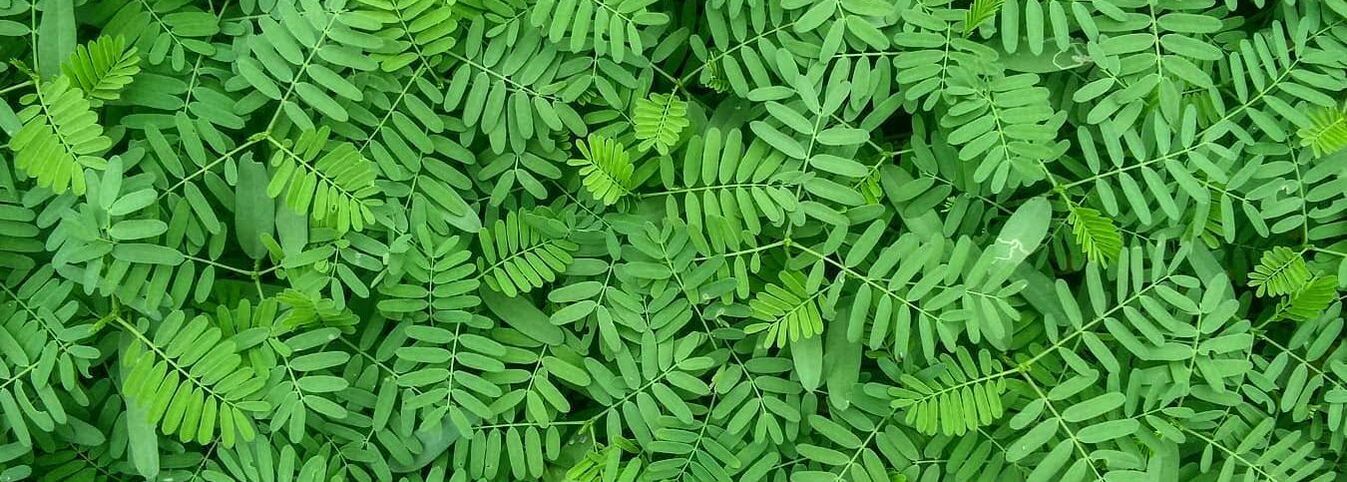
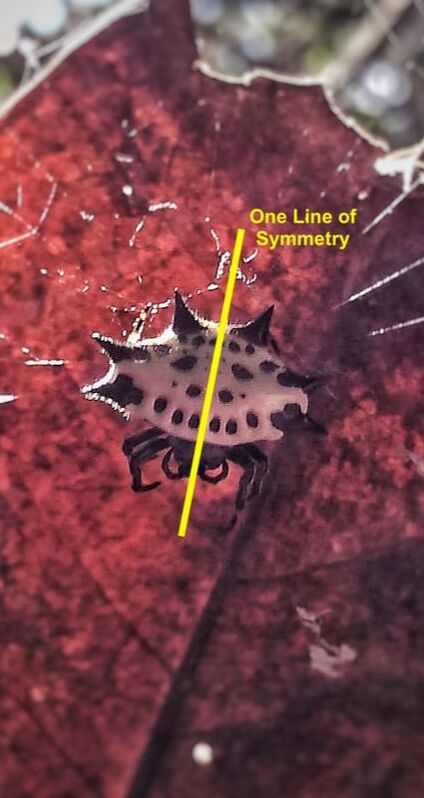
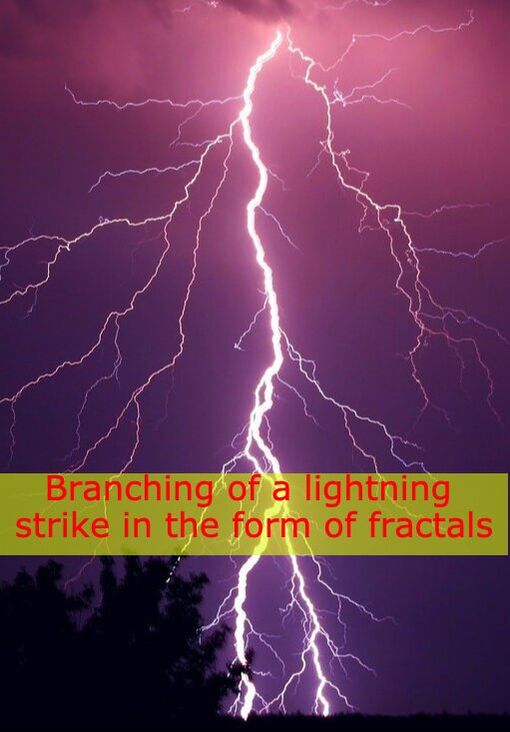

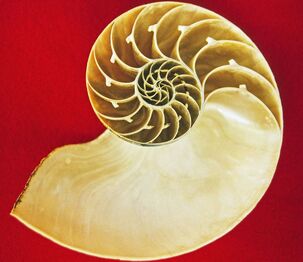
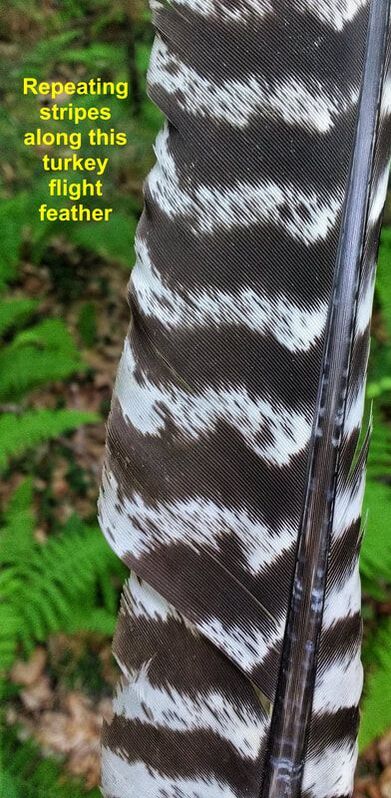


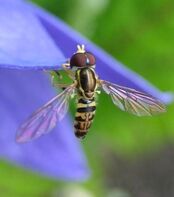

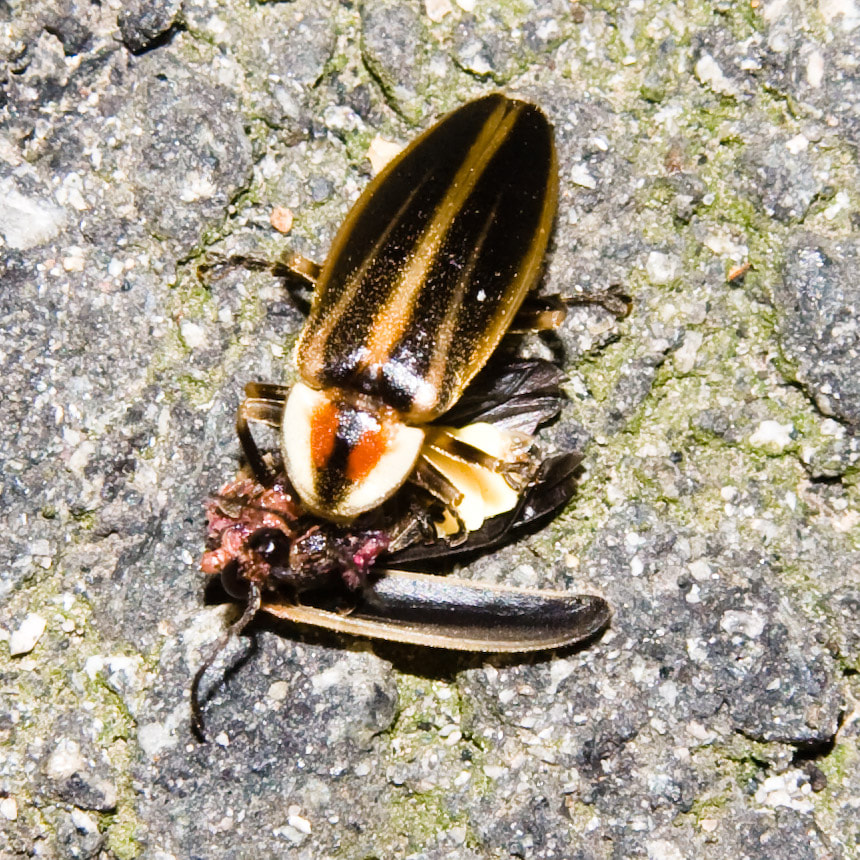
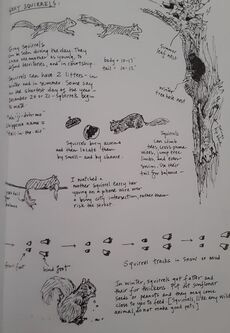

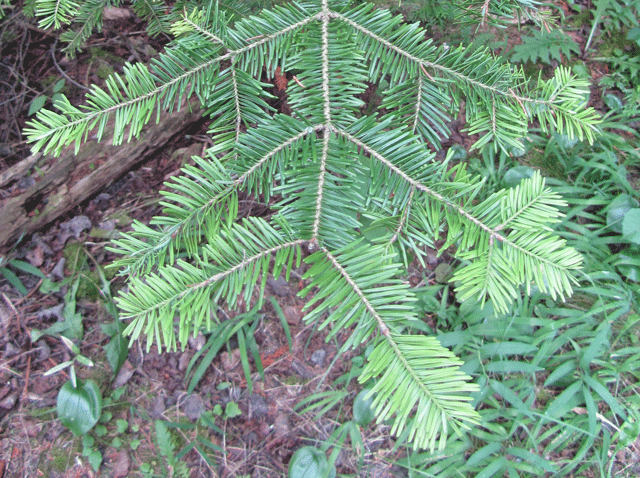
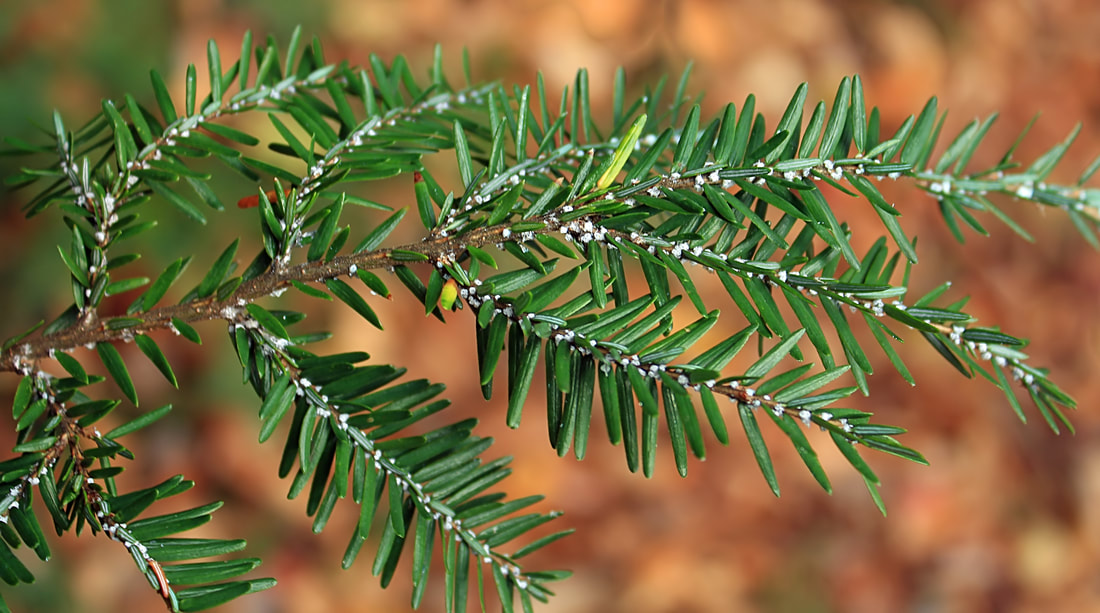

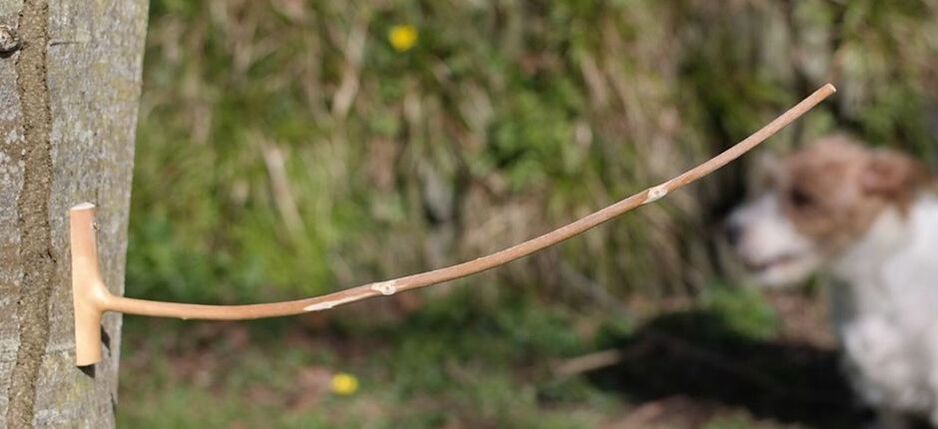
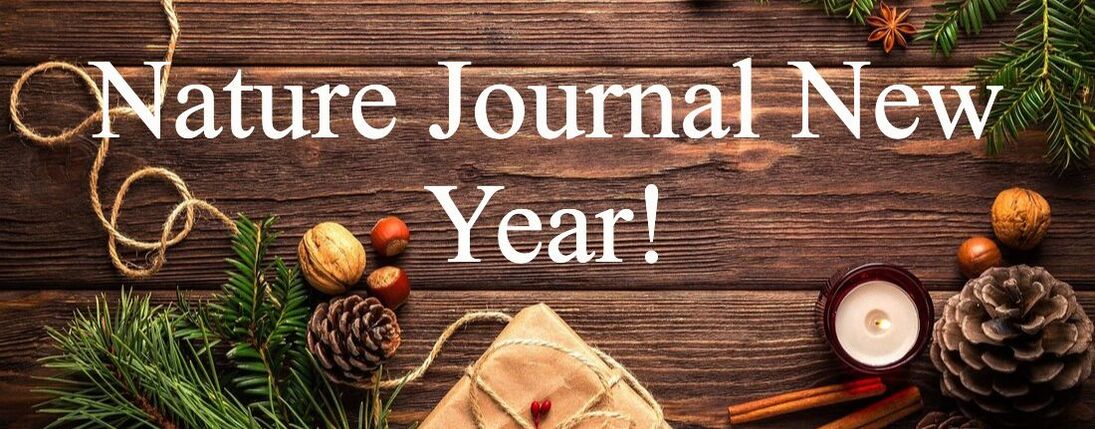
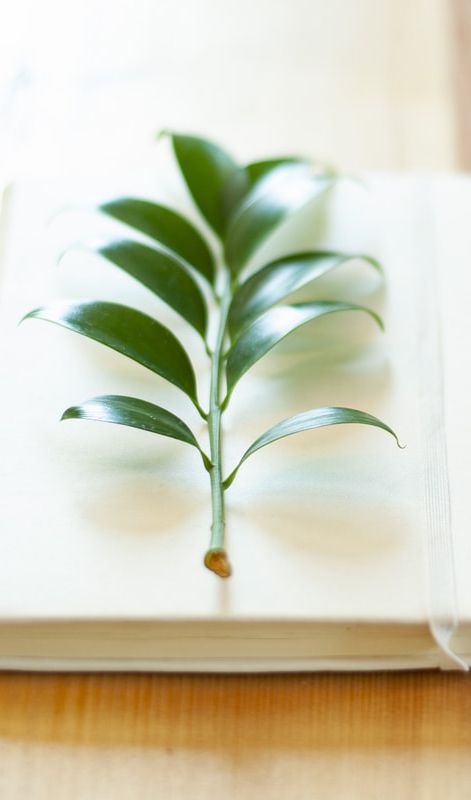

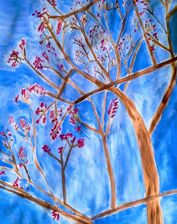
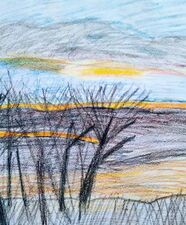
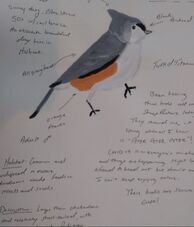
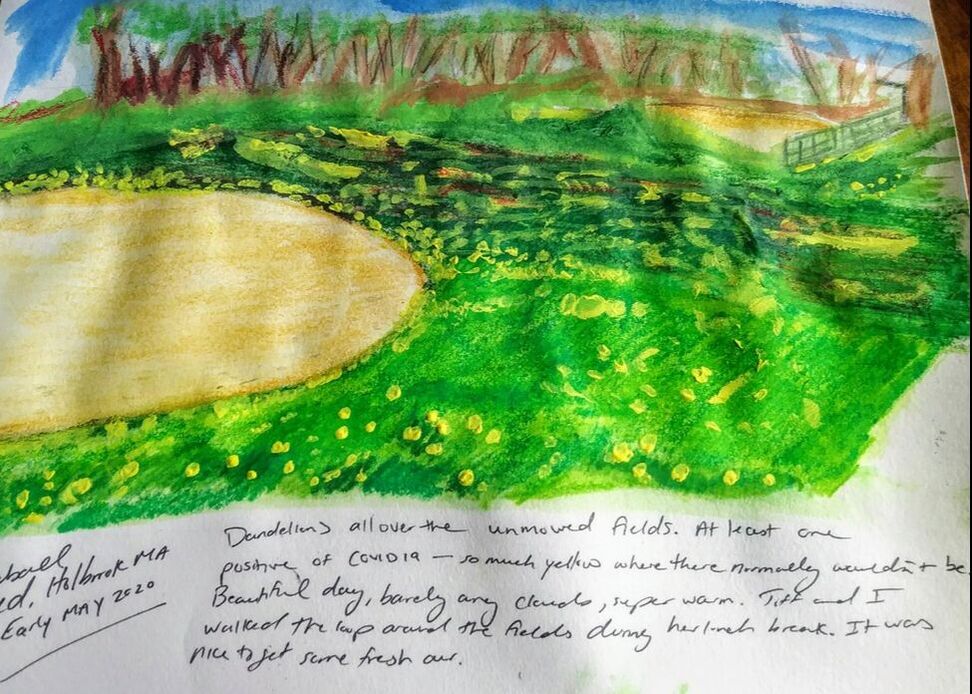
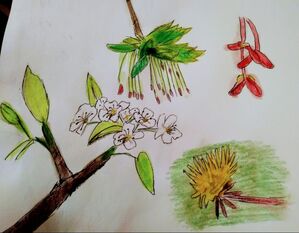
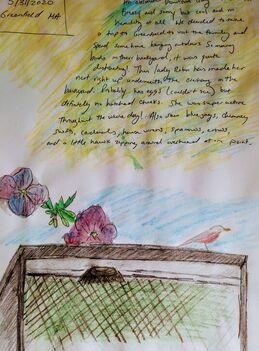
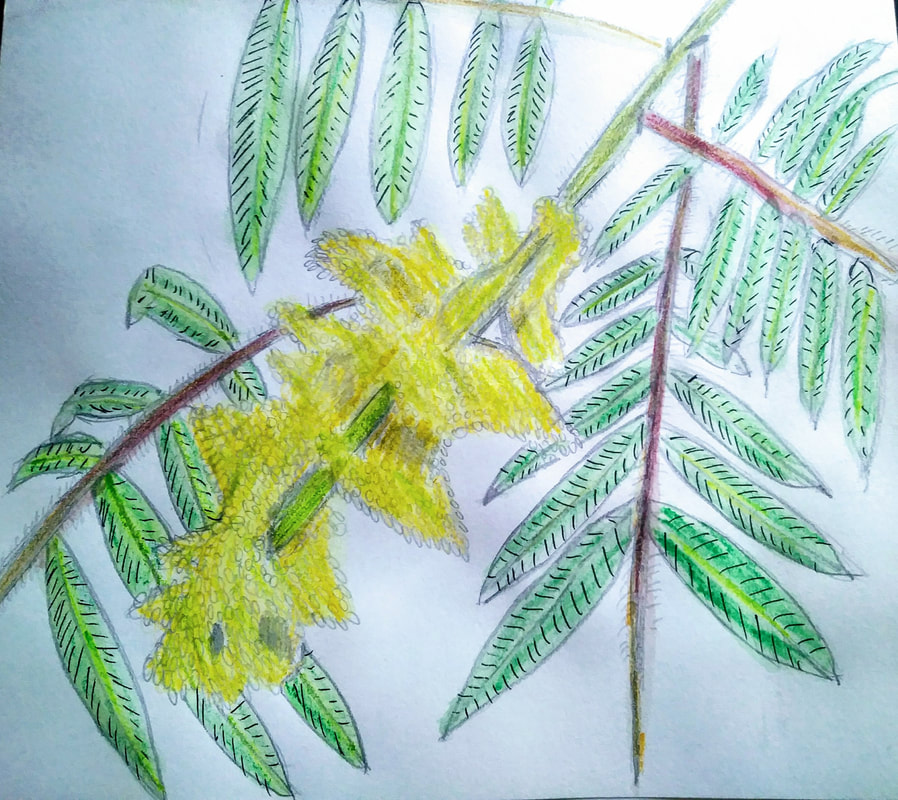
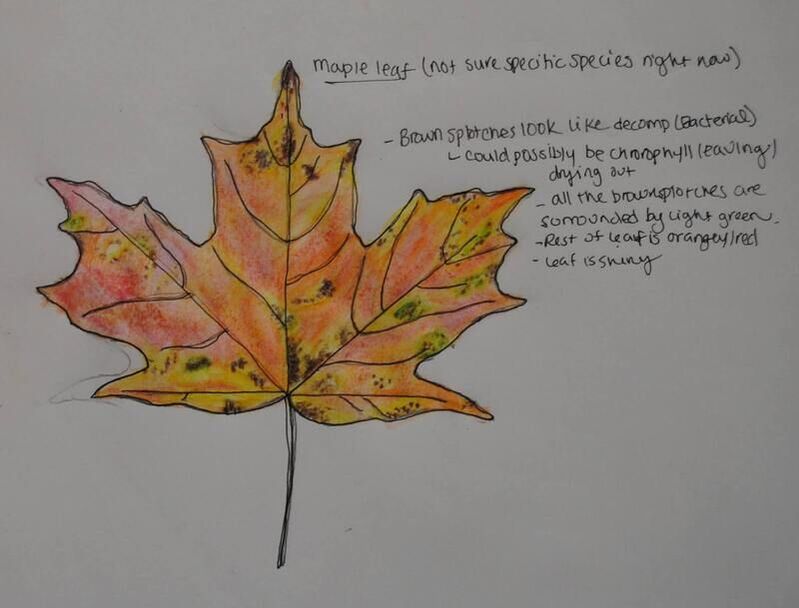
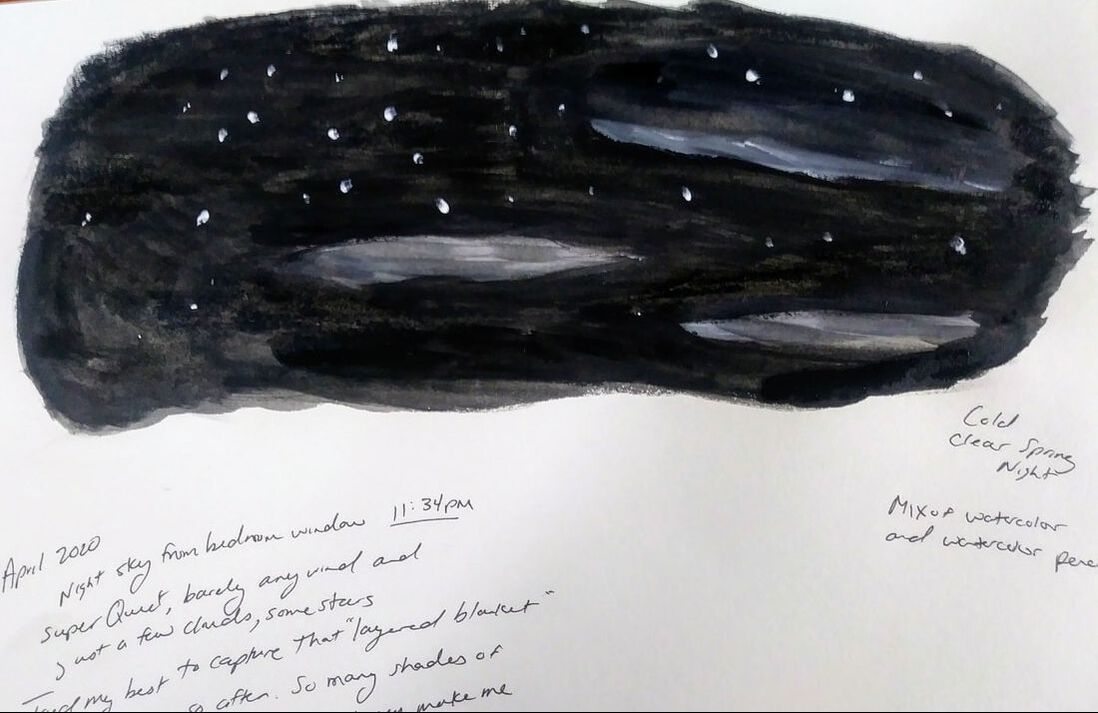


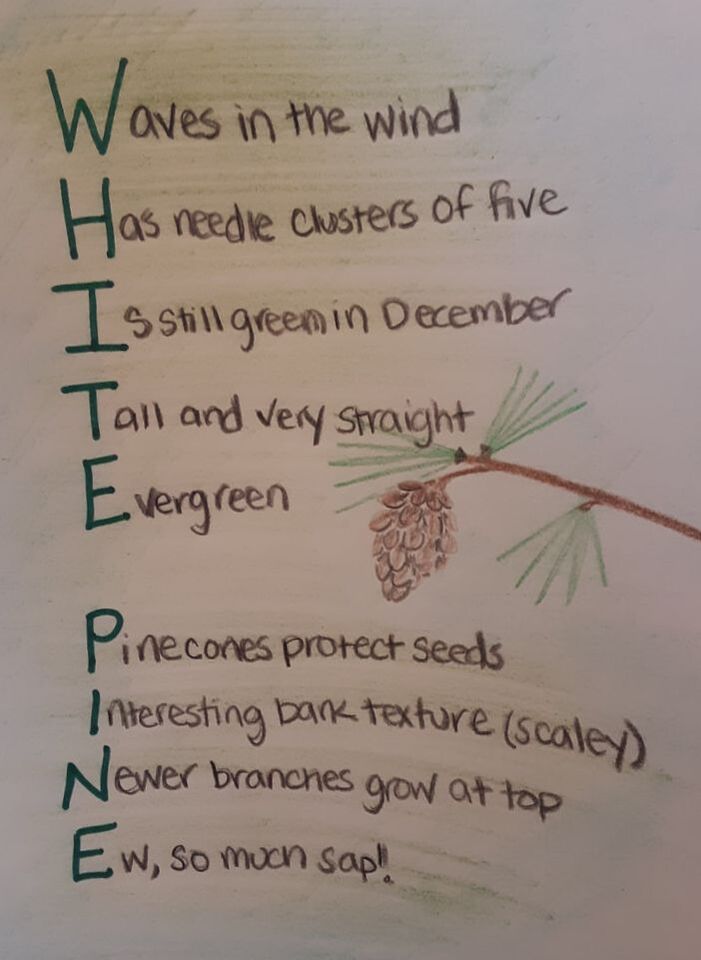
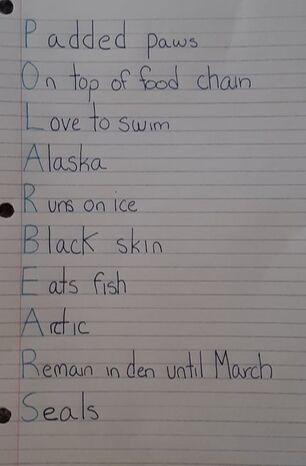
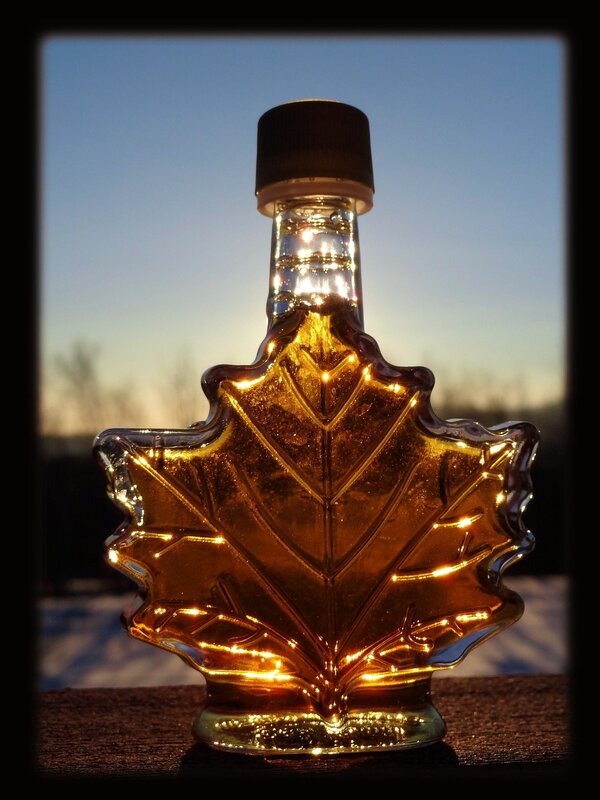
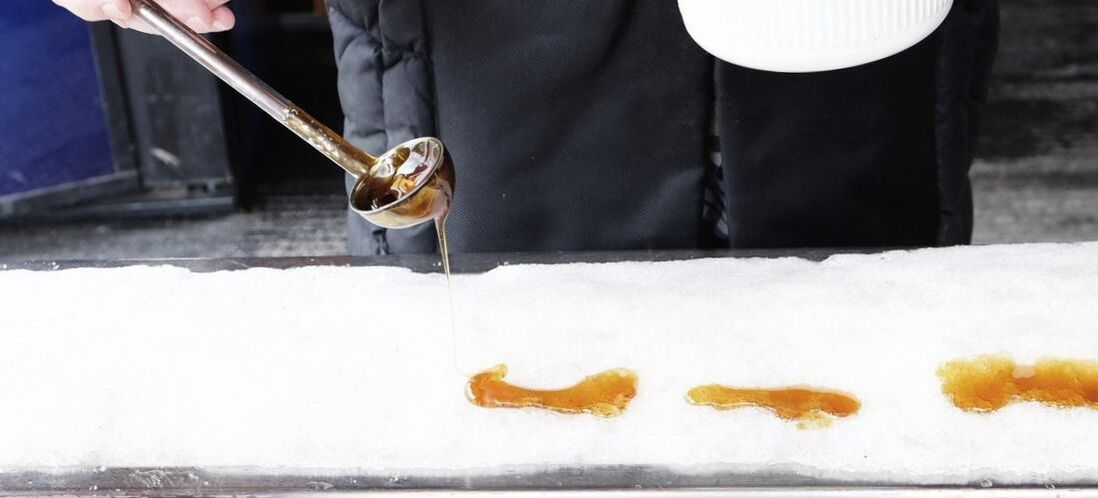
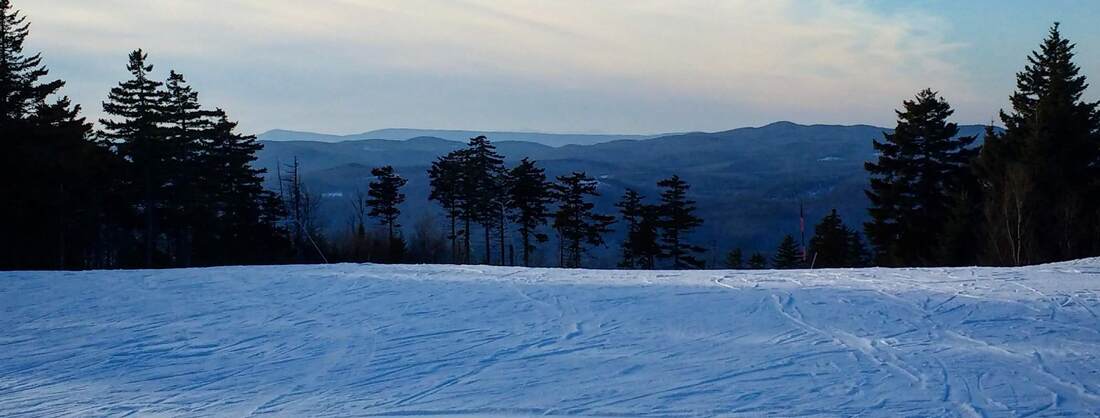
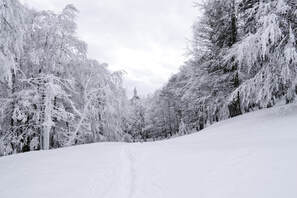
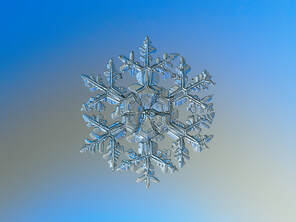
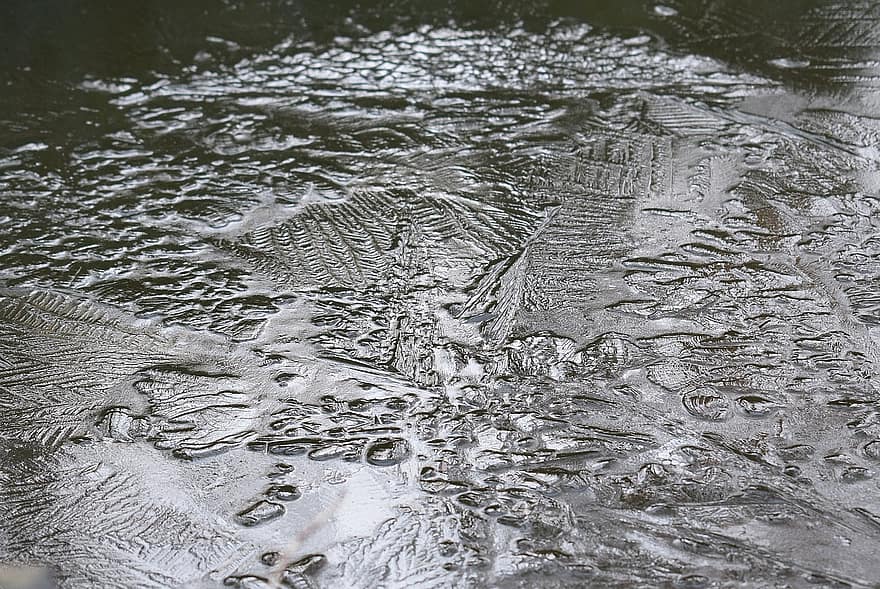
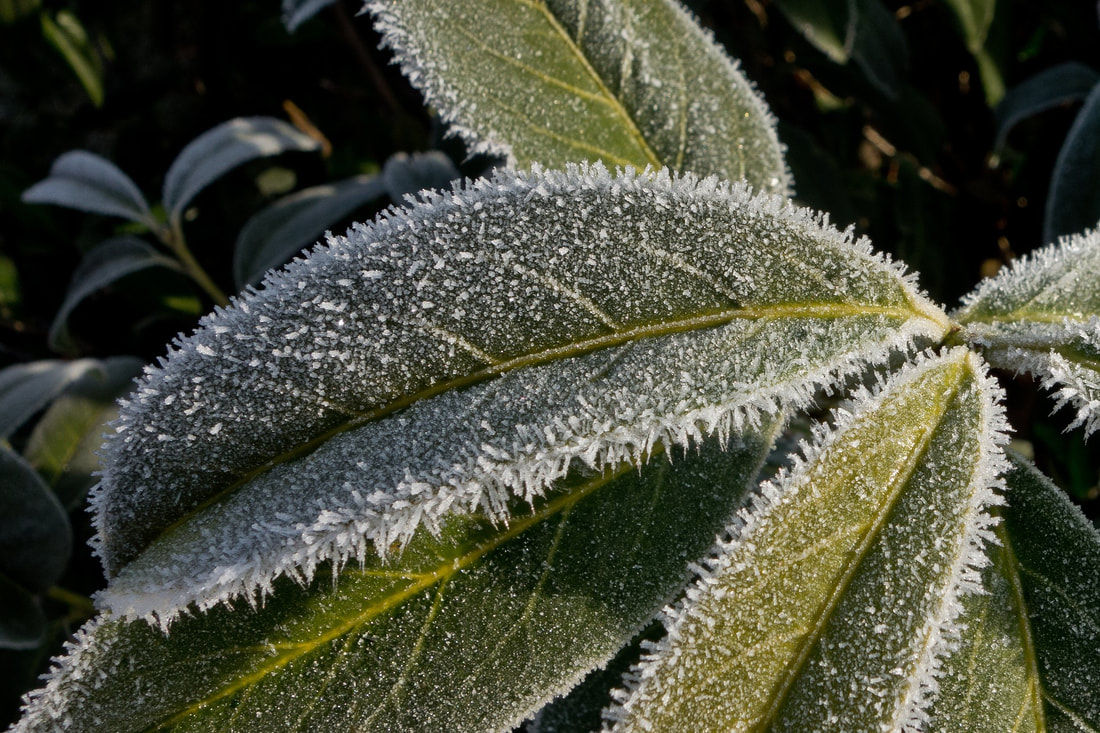
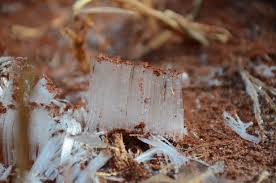
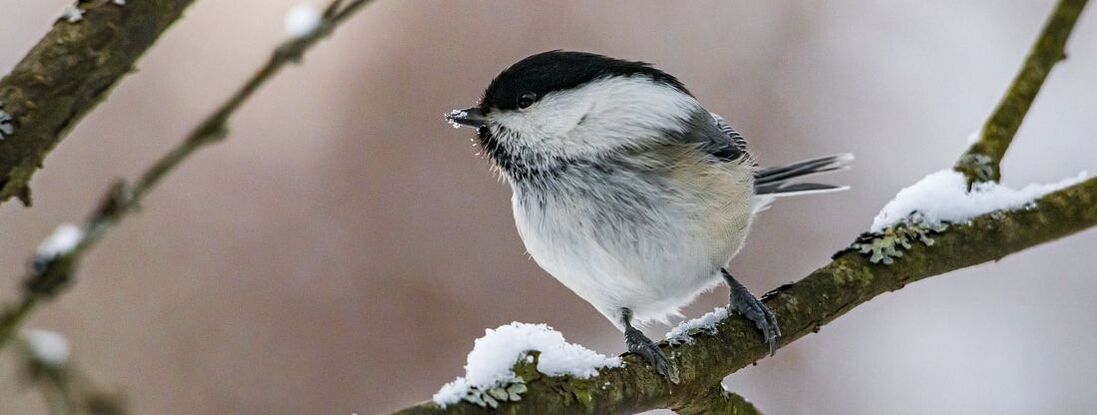
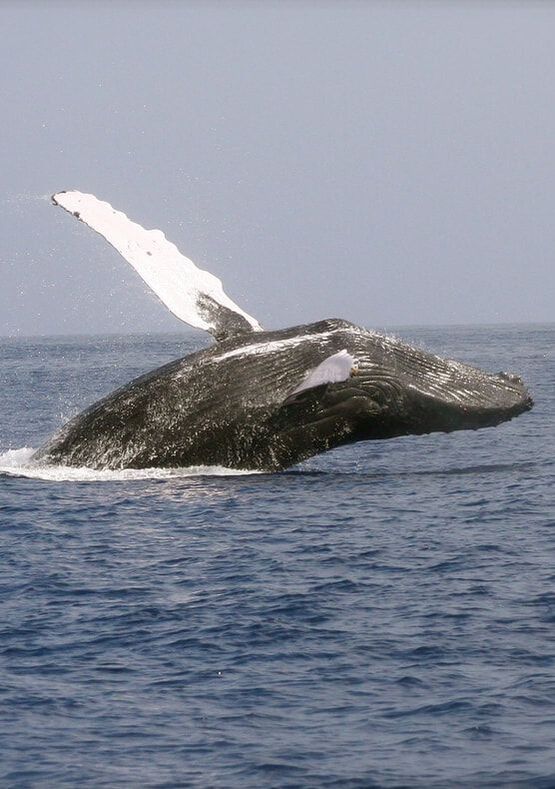
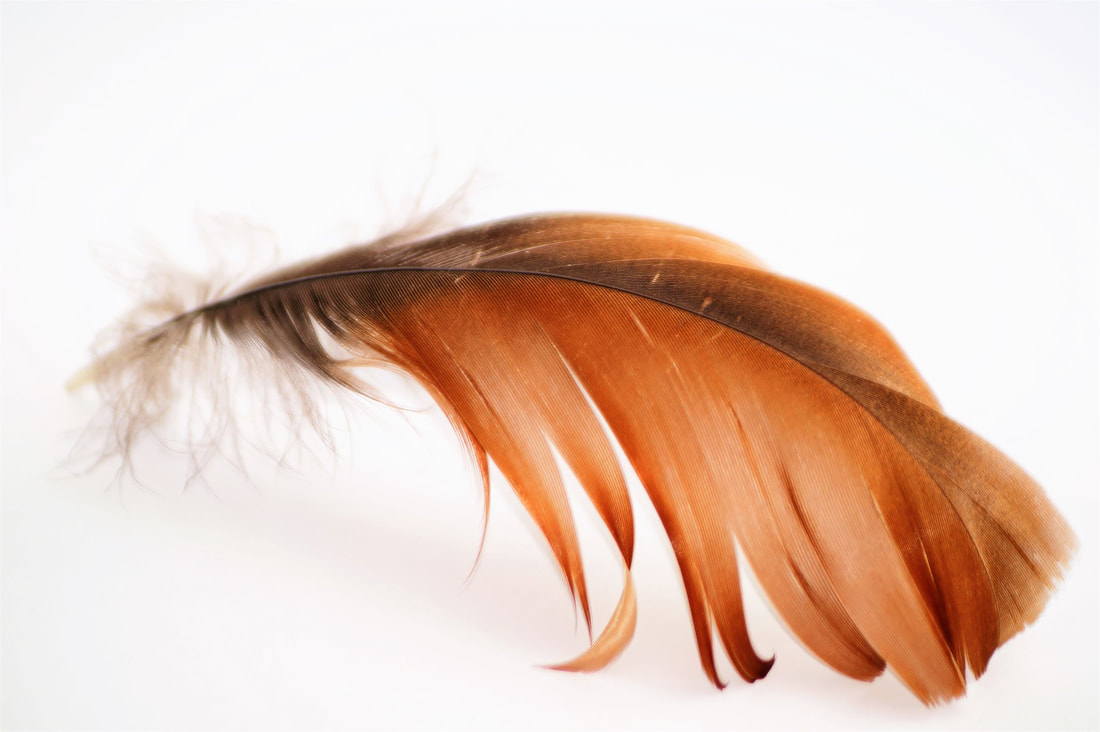
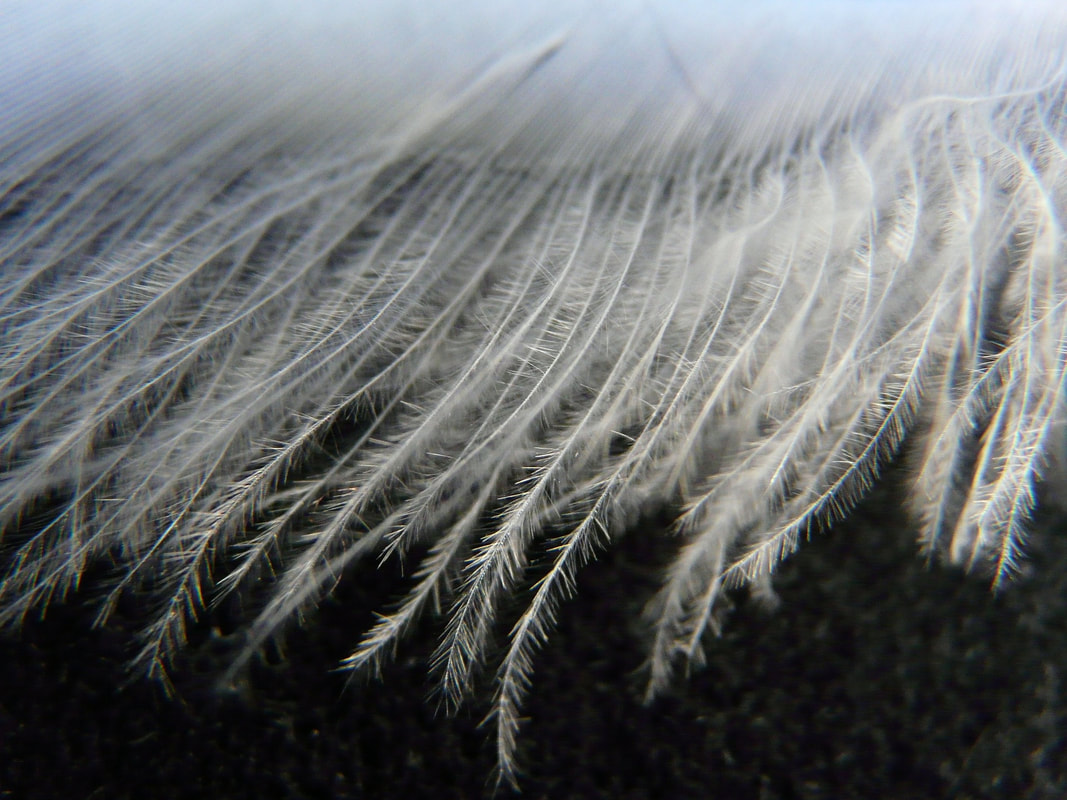
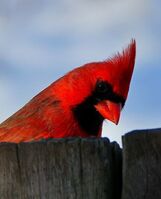
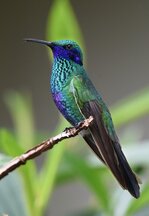
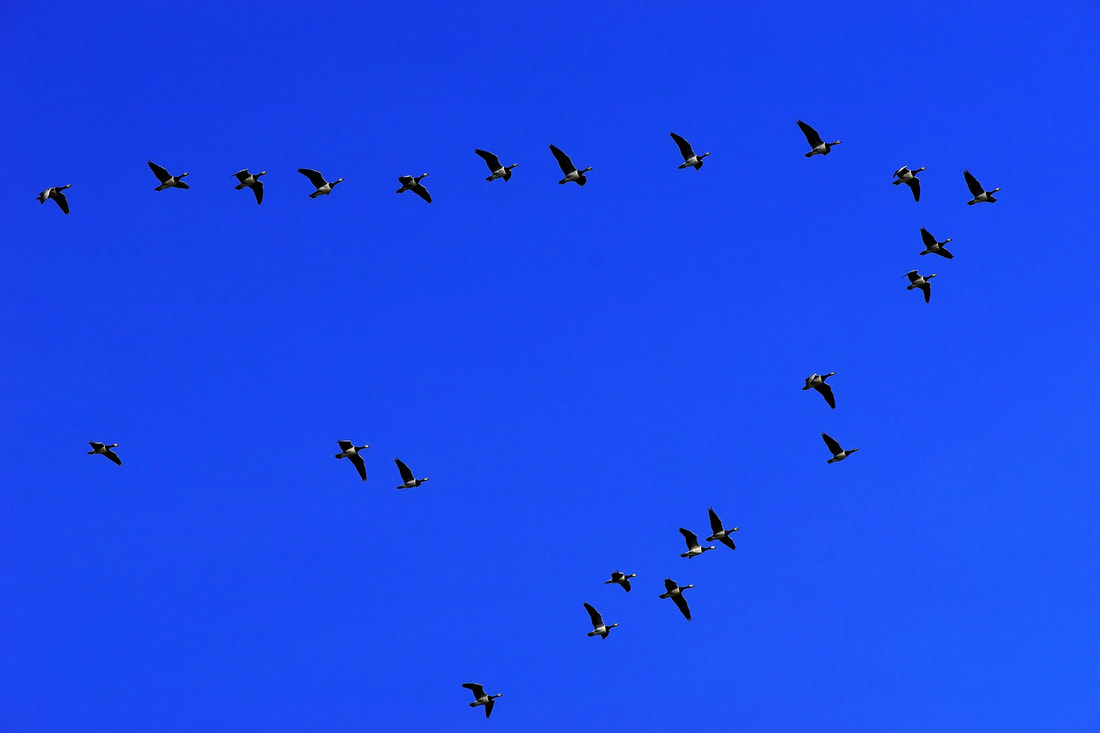
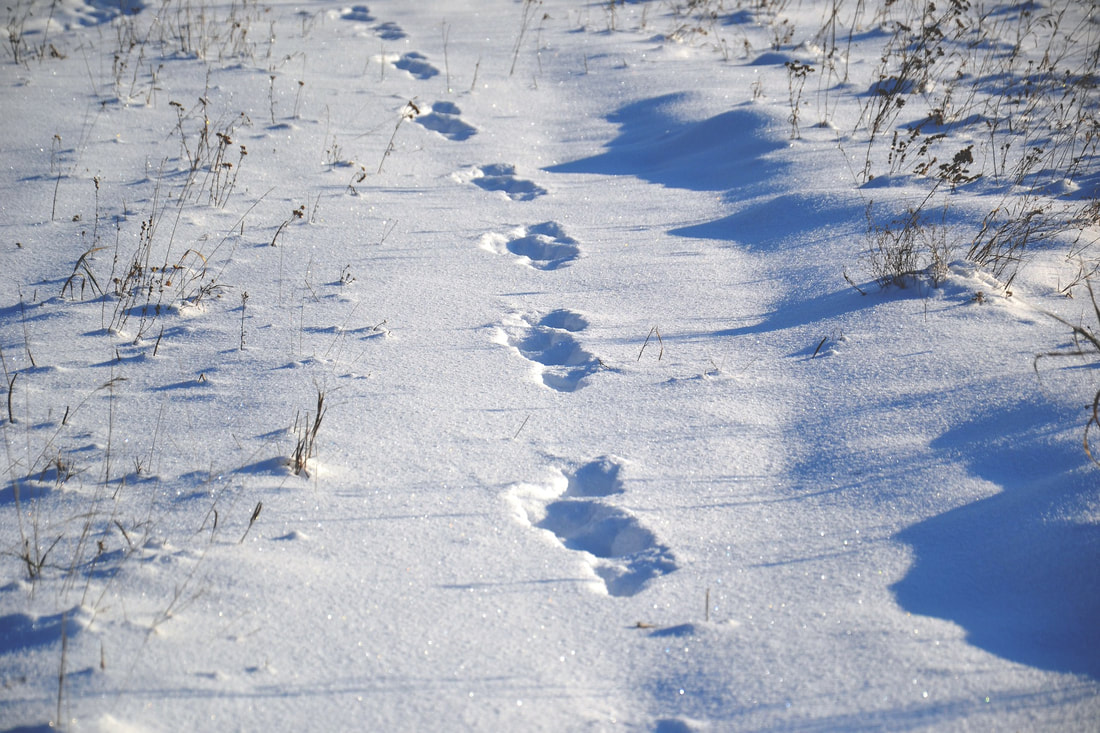
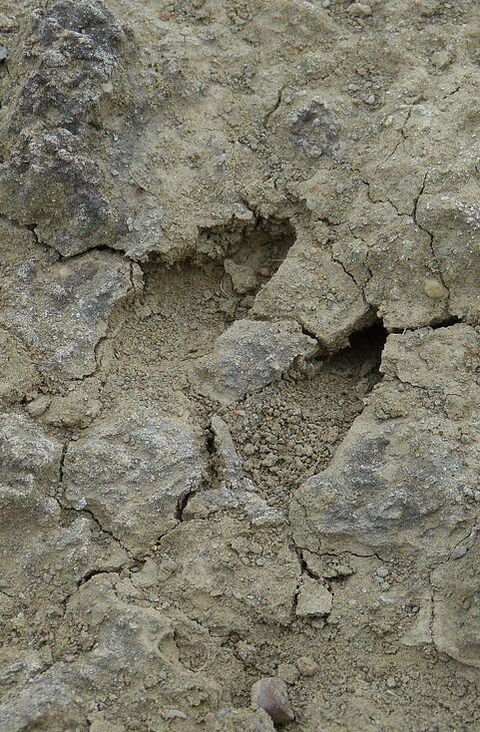
 RSS Feed
RSS Feed
